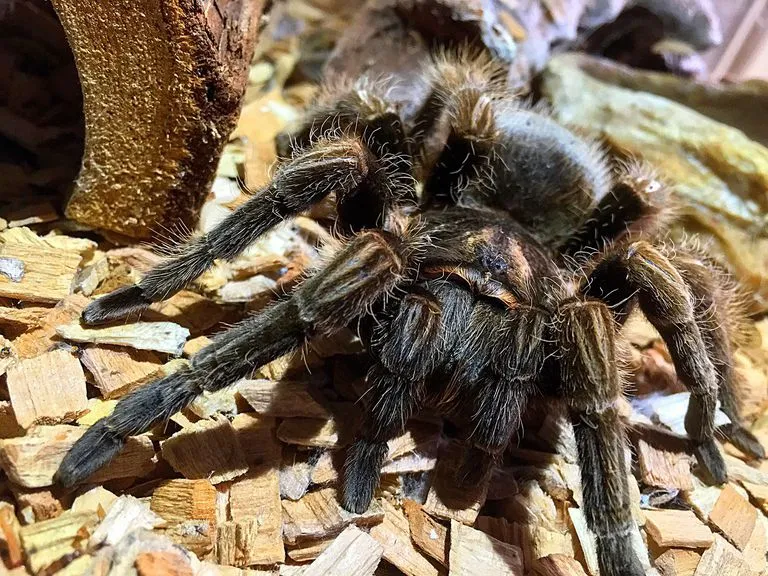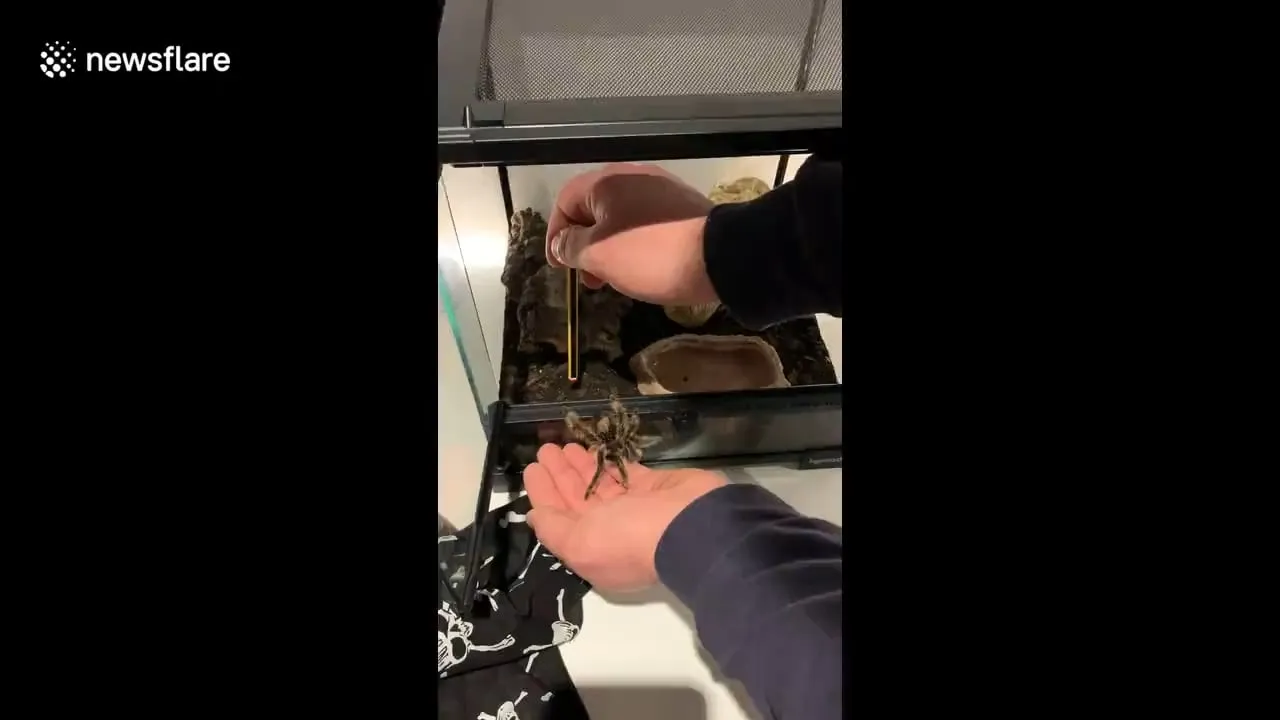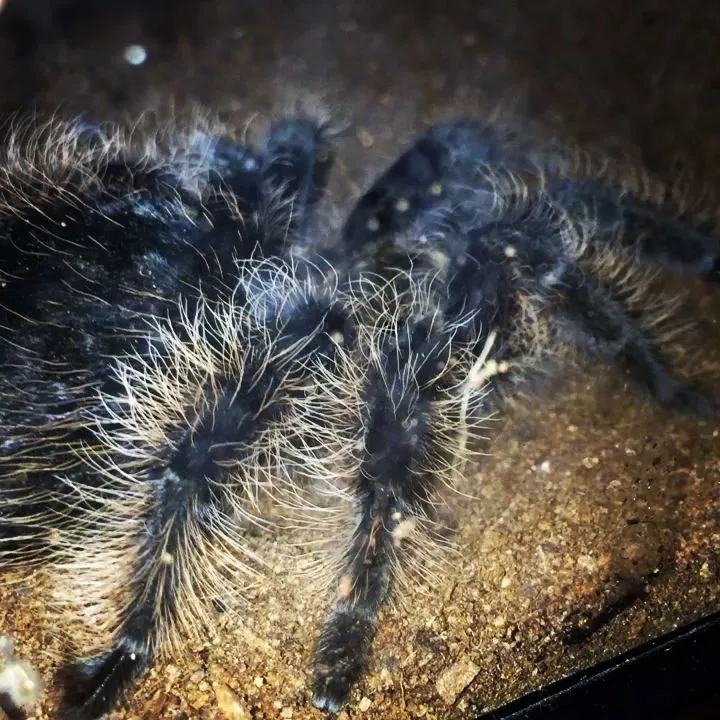Bringing a pet tarantula home is an exciting experience. However, the unboxing process is crucial for ensuring the safety and well-being of your new eight-legged friend. This guide provides a step-by-step approach to safely unbox your tarantula and set up its new habitat. Following these guidelines will minimize stress for your tarantula and set you up for successful pet ownership.
What You Need Before Unboxing Your Tarantula
Before your tarantula arrives, preparation is key. Having all the necessary supplies ready will streamline the unboxing process and reduce the time your tarantula spends in transit. This preparation helps create a smooth transition for the tarantula into its new environment, minimizing stress and allowing it to settle in comfortably. Ensure everything is clean, safe, and specifically designed for a tarantula’s needs.
Essential Supplies for Pet Tarantula Unboxing
Gathering the right supplies is fundamental to a successful unboxing experience. These tools will enable you to safely handle and house your new tarantula. These essential items are designed to provide the tarantula with a comfortable and secure environment. This list will ensure a stress-free introduction for your pet.
The Right Enclosure

Select an appropriately sized enclosure that provides adequate space for your tarantula to move and thrive. The enclosure should be escape-proof, with a secure lid and proper ventilation. The size of the enclosure depends on the species and size of the tarantula, but generally, it should be at least three times the tarantula’s leg span in width. Ensure the enclosure is made of a durable, non-toxic material like glass or acrylic. This will provide a secure home for your tarantula.
Substrate Selection
Choose a substrate that is suitable for your tarantula’s species. Common substrates include coco fiber, peat moss, or a mixture of both. The substrate should be deep enough for burrowing species to create their habitats. The substrate should also help maintain appropriate humidity levels within the enclosure. Make sure the substrate is free of pesticides and other harmful chemicals that could harm your tarantula. A good substrate is critical for your tarantula’s comfort and well-being.
Water and Food
Provide a shallow water dish with fresh water. A water dish prevents the tarantula from drowning. Ensure the water dish is stable and easy to access. Also, have a supply of appropriate food, such as crickets or mealworms, ready. The size of the prey should be appropriate for the size of your tarantula. Always offer fresh, clean water and food to maintain your tarantula’s health.
Preparing Your Workspace for Unboxing

A well-prepared workspace is essential for a safe and stress-free unboxing experience. This preparation will help you to handle your tarantula with care and introduce it into its new home without unnecessary risks. Planning ahead can also avoid any potential escapes. Setting up your workspace in advance can help minimize any issues during the process.
Choosing the Right Location
Select a quiet, enclosed area away from direct sunlight and drafts. The room should be at a comfortable temperature and free of any potential hazards. A bathroom or a room that is easy to clean is ideal. The location should be safe for both you and your tarantula. Choose a location where you can easily monitor your tarantula.
Workspace Setup
Place the prepared enclosure on a stable surface within your chosen location. Have all your essential supplies within easy reach. Ensure the workspace is clean and clear of any obstructions. A clear workspace minimizes the risk of accidents during the unboxing process. Having everything ready to go will make the process much smoother.
The Tarantula Unboxing Process

The unboxing process requires patience and a gentle approach. Following these steps will help ensure a smooth transition for your tarantula into its new home. The focus should be on minimizing stress and providing a safe introduction. Be patient and move deliberately.
Step 1 Inspecting the Packaging
Upon arrival, inspect the shipping box for any signs of damage. If the box appears damaged, take photos before opening it. Carefully open the box in a controlled environment, checking for any signs of escape. Ensure that the packaging material is secure and that the enclosure inside is intact. Inspecting the packaging first is essential to make sure your tarantula has arrived safely.
Step 2 Opening the Package
Carefully open the enclosure. Avoid any sudden movements that might startle the tarantula. If the tarantula is in a deli cup or small container, gently remove any packing material around it. Be prepared to quickly close the container if the tarantula shows any signs of wanting to escape. Take your time to avoid any issues.
Step 3 Gently Removing the Tarantula

The method of removing the tarantula will depend on its size and temperament. If the tarantula is in a small container, you can gently tip it into its new enclosure. For larger tarantulas, you may need to coax it out with a soft brush or by gently tapping the container. Avoid touching the tarantula directly if possible. Always remain calm and avoid any sudden moves to avoid scaring the tarantula.
Step 4 Introducing the Tarantula to Its New Home
Once the tarantula is in its new enclosure, close the lid securely. Observe the tarantula from a distance to allow it to acclimate to its surroundings. Provide a quiet environment and avoid any unnecessary disturbances. Let your new pet settle in and explore its new environment. The tarantula may hide initially, which is perfectly normal.
Post-Unboxing Care and Observations
After unboxing your tarantula, it’s important to monitor its behavior and provide appropriate care. This initial period is crucial for your tarantula to adjust to its new environment and develop a healthy routine. You can create a thriving habitat for your pet by following these guidelines.
Monitoring Your Tarantula’s Behavior

Observe your tarantula’s behavior in the days following unboxing. Look for signs of stress, such as rapid movements, excessive burrowing, or refusal to eat. Most tarantulas will be shy in the beginning, so this behavior should be expected. If you notice any concerning behavior, research the specific species and address any possible environmental issues. Providing a stable and safe environment is very important.
Initial Feeding Guidelines
Wait a few days before offering food. This will allow the tarantula to settle into its new home and reduce stress. The first feeding should be small, offering only a few appropriately sized insects. Monitor whether your tarantula eats the food or not, and remove any uneaten food after 24 hours. Regularly provide food to maintain the health of your tarantula.
Setting Up a Regular Care Routine
Establish a regular care routine, including feeding, watering, and enclosure cleaning. Research the specific needs of your tarantula species to ensure you are meeting its requirements. Maintain the appropriate temperature and humidity levels in the enclosure. Regular maintenance is essential for your tarantula’s long-term health and happiness. By following a consistent care plan, you can create an enriching life for your tarantula.
Unboxing your new pet tarantula is a big step. By following this guide, you can provide a safe and comfortable environment for your new pet, reducing the risk of any issues. Remember that patience and careful attention to detail are essential. Enjoy your new pet!
